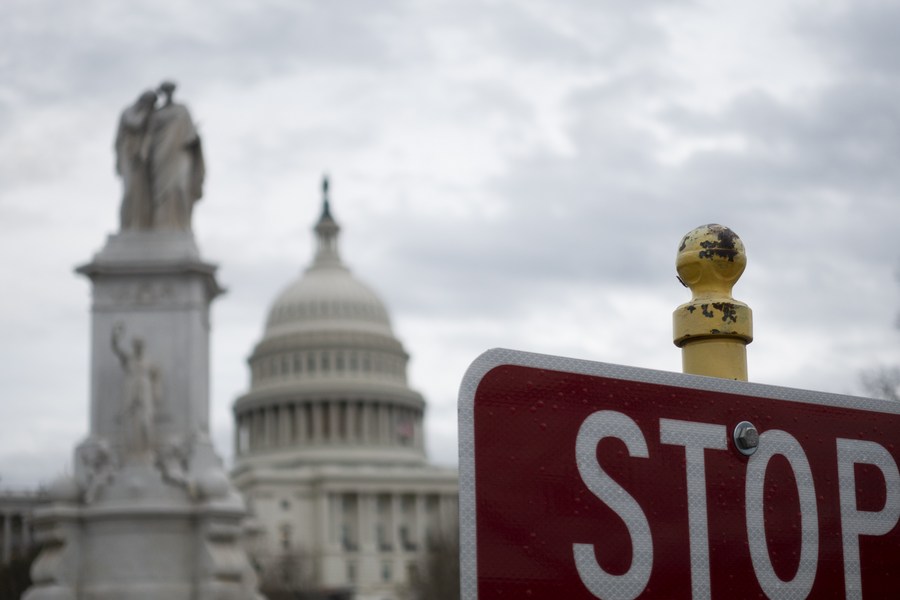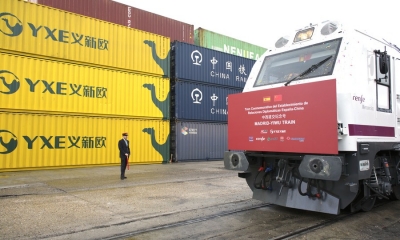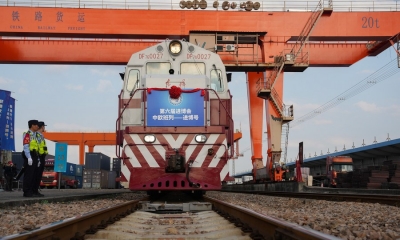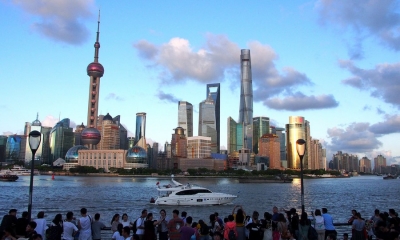NATO Has No Business Being in Asia

The only way for Asia to succeed is to promote multilateralism, non-alignment, economic integration, and peaceful development, and not the expansion of ideological military blocs controlled by the U.S.
The North Atlantic Treaty Organisation (NATO) began as a collective defense mechanism for Western Europe during the Cold War. Designed to balance the military strength of the former Soviet Union, the war-torn continent was subsequently reliant on protection from the United States. As its name denotes, NATO was designated solely for the North Atlantic region.
However, after the end of the Cold War, NATO evolved from being a collective self-defense organization into a “hegemonic policeman.” With the United States having become triumphant, the alliance was no longer orientated to “protect” against anything but rather a means for the U.S. to enforce its dominance over the rest of the world. In doing so, the U.S. openly pursued the expansion of NATO, seeking to make its order “permanent,” converting it from a defensive alliance into an “offensive” alliance with an increasingly distinctive ideological character.
Although the Trump administration was critical of NATO, the Biden administration has embraced the institution again full-throttle and sees it as pivotal in pursuing a desired policy of global ideological confrontation in the midst of securing unbridled American dominance against its competitors. In doing so, the U.S. created the conditions for a major war to break out in Europe, and subsequently made a political point of not only continuing to expand the alliance by admitting Sweden and Finland but to also “internationalize” NATO by aiming to expand it into the Asia-Pacific, with the goal of targeting China.
The Biden administration is subsequently attempting to create a series of overlapping and distinctive multilateral and minilateral alliances to contain Beijing in Asia. These concern AUKUS (With Australia and U.K.), the Quad (with Japan, India, and Australia), an attempt to bring South Korea and Japan together, and the entry of NATO into the region as a coordinator and backer to its other projects. As one example, South Korea and Japan are now invited to attend NATO summits, while Tokyo is attempting to have a “NATO office” set up in the country. Recently, President of France Emmanuel Macron objected to this idea, saying it would be a “big mistake” and contribute to the rising of tensions with China.

The U.S.’s aggressive alliance-building, militarization, and entrenchment behavior in Asia is duly a threat to the stability, security, and prosperity of the region as a whole. First of all, it risks unwinding decades of peace, economic integration, and co-existence between countries, spiraling distrust and causing increasingly escalatory arms races. Secondly, as the U.S. intends, it risks undermining the peaceful, cooperative, and non-aligned vision of ASEAN states, embroiling them in a great power conflict they do not wish to be a part of. This does not help their security or freedom, as the U.S. claims, but it in fact threatens it.
In doing so, NATO risks bringing Western dominance into Asia, which will change the region’s balance of power and make it impossible for regional states to work together and make decisions in their own interests.
NATO’s entry into Asia is not a force for peace or security but is a massive step backward and a destabilizing force. NATO, as in its name, was intended for the “North Atlantic” but has become a tool and a weapon of U.S. hegemony in order to leverage its will on other areas of the world. Expanding it aggressively does not prevent war or uphold security but causes wars and promulgates insecurity. The concept of “collective self-defense” is being abused for hegemony. The only way for Asia to succeed is to promote multilateralism, non-alignment, economic integration, and peaceful development, and not the expansion of ideological military blocs controlled by the U.S.
 Facebook
Facebook
 Twitter
Twitter
 Linkedin
Linkedin
 Google +
Google +







